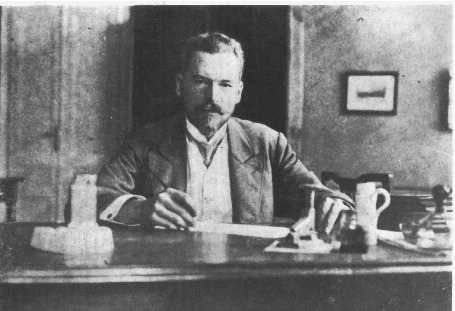Speaker
Description
Recently a powerful example of a replicating nano-machinery entered our society. In principle it’s just a normal disease, that one attempt to model with 3 or 4 simple coupled equations with 2 important parameters: a timescale, and a replication factor (the famous $R_0$). And then one try to guess how changes in society changes $R_0$ and perhaps adopt some more or less strong lock-down measures. However, this virus have more “personality” than that. It behaves different in different persons, and persons behave differently. Presumably only a few of us infect a lot, while most does not infect so much. This assumption is supported by the observation that couples living together only infect each other with about 15 percent probability, indicating that most infected people are not really infectious. I will discuss this and other aspects of Covid-19 in perspective of models that describe heterogeneous individuals in a society. In particular we suggest that limiting superspreading opportunities is a cost effective strategy to mitigate Covid-19.

